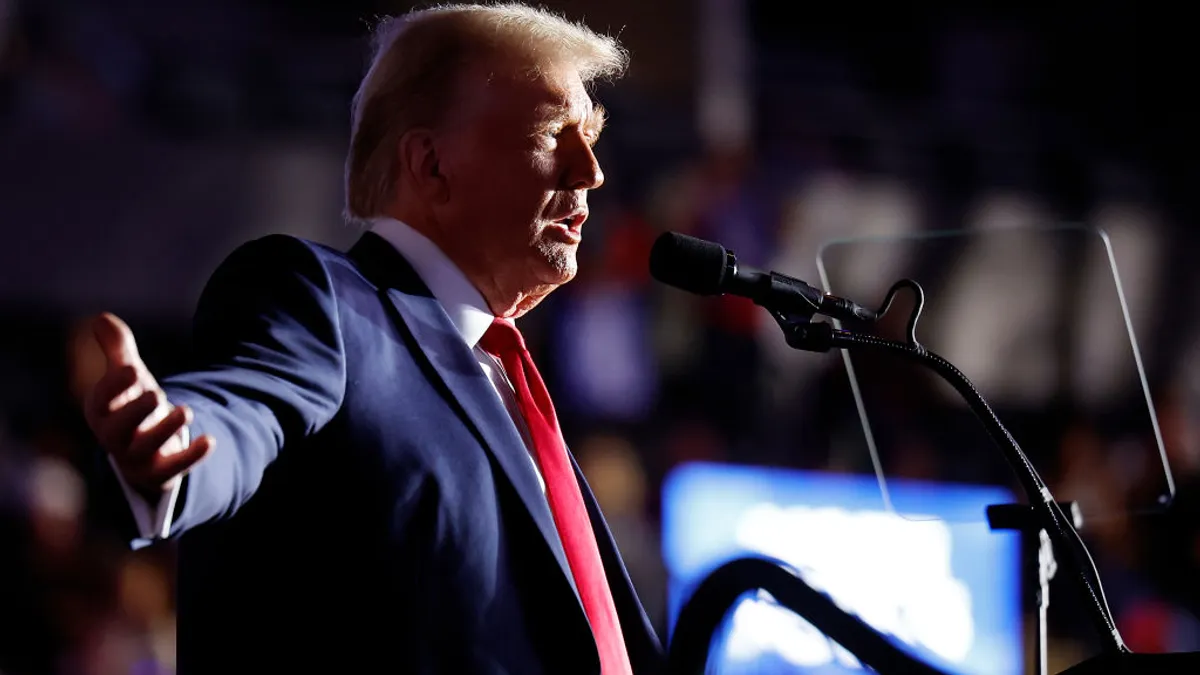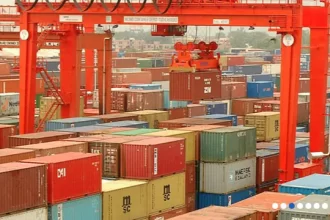In a bold move, President-elect Donald Trump has announced plans to levy a 25% tariff on imports from Canada and Mexico, alongside an additional 10% tariff on goods from China. These measures, set to be enacted on his first day in office via executive order, are part of Trump’s strategy to incentivize domestic production and protect American industries.
These proposed tariffs have already ignited concerns across industries, governments, and the broader global trade community. Let’s dive into the potential implications and explore the risks associated with these significant policy changes.
A Return to Trade Wars?
Trump’s announcement marks a return to the aggressive tariff policies seen during his first term as president. The proposed tariffs, especially on North American trading partners, could strain relations established under the United States-Mexico-Canada Agreement (USMCA).
The USMCA, signed in 2018, replaced the North American Free Trade Agreement (NAFTA) and brought stability to regional trade. However, the agreement is up for review in 2026. Experts warn that unilateral tariff hikes could lead to retaliation by Canada and Mexico, risking the collapse of the trade pact.
Alberto Villareal, managing director of Nepanoa, cautioned in a LinkedIn post that these measures might provoke Canada and Mexico into imposing retaliatory tariffs on U.S. goods. “Such actions could escalate tensions and put the USMCA agreement on thin ice,” Villareal noted.
Economic Ripples: Inflation and Supply Chains
The economic consequences of Trump’s proposed tariffs could be profound. The National Retail Federation estimates that such policies would cost American consumers up to $78 billion annually, primarily through increased prices on imported goods.
Inflationary pressure is another critical concern. Higher tariffs often lead to elevated costs for manufacturers reliant on imported components, which are then passed on to consumers. Sanjay Patnaik, a senior fellow at the Brookings Institution, emphasized the “devastating” impact on U.S. manufacturers.
Companies are already bracing for these changes. Retailers like Williams-Sonoma and fashion brands like Steve Madden are proactively reducing sourcing from China, while manufacturers like Honda are reevaluating production strategies to minimize the fallout.
The Global Supply Chain Dilemma
The tariffs could force companies to build standalone supply chains for goods exported to the U.S., further fragmenting global trade networks. Mary Lovely, a senior fellow at the Peterson Institute for International Economics, discussed this possibility during a recent Port of Los Angeles briefing. She highlighted the challenges of reorganizing supply chains in response to protectionist policies, noting the long-term inefficiencies this could introduce to global trade.
These adjustments are costly and time-consuming, making it harder for businesses to adapt while staying competitive.
Geopolitical Implications
Trump’s proposed tariffs also have significant geopolitical implications. During his campaign, he hinted at a 60% tariff on goods from China, signaling an intensification of the trade dispute between the two largest economies.
Such measures could lead to a broader trade conflict, impacting global markets and economies. As tensions rise, other countries may adopt protectionist measures, further destabilizing international trade.
What Lies Ahead?
With less than two months before Trump assumes office, businesses and governments are scrambling to prepare for the fallout. While the long-term effects of these policies remain uncertain, they are likely to reshape trade dynamics, increase costs for consumers, and strain international relationships.
The upcoming review of the USMCA in 2026 adds another layer of uncertainty. If tensions escalate, the agreement could be at risk, further complicating North American trade relations.
As the world watches, one thing is clear: Trump’s tariff strategy is poised to leave a lasting impact on global trade. Whether this leads to economic growth or deeper divides remains to be seen.
Conclusion
Donald Trump’s ambitious tariff plans are a high-stakes gamble to prioritize American production. While the immediate effects could boost domestic industries, the long-term repercussions on global trade and inflation are concerning. The coming months will be critical in determining how these policies unfold and their broader impact on the world economy.
Stay tuned as the story develops and subscribe for updates on trade policy, supply chain strategies, and economic trends.







